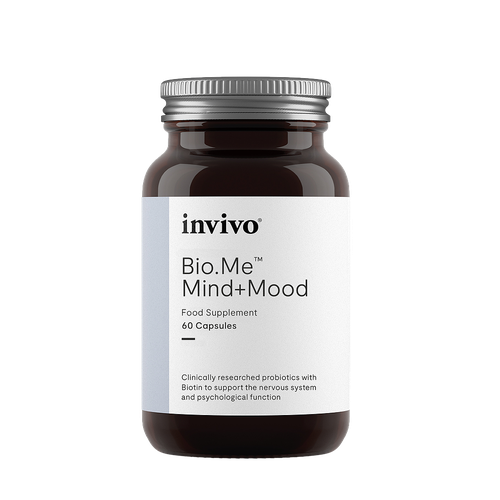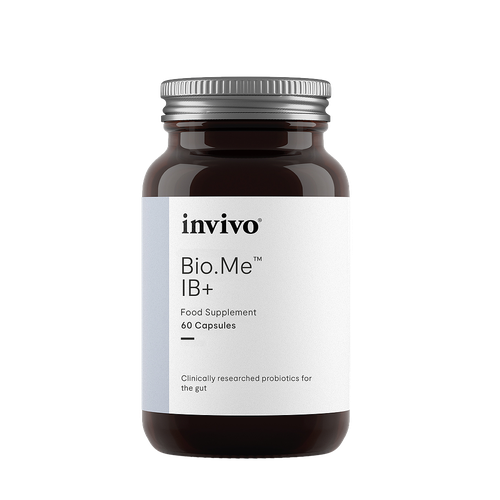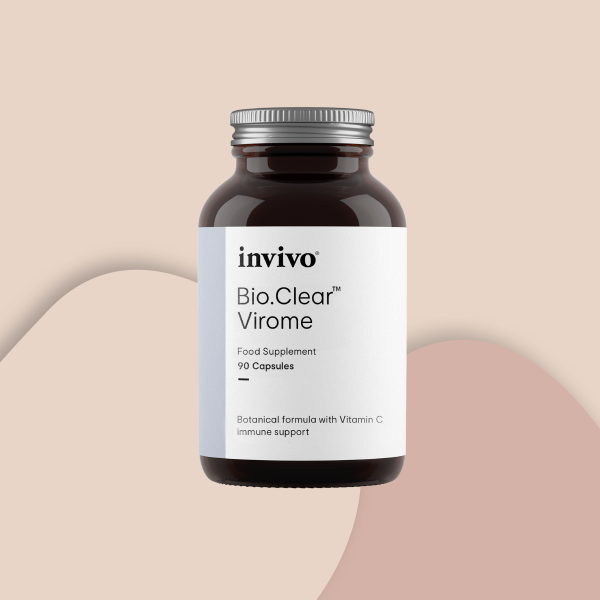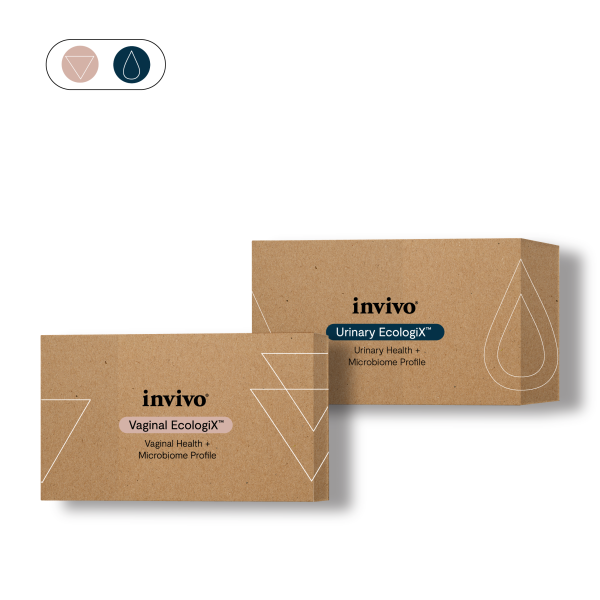Unravelling The Confusion Over Hormone Testing

Today’s health care practitioners face the challenge of helping patients cope with hormone imbalance. Whether that’s women suffering from hot flushes and night sweats or men troubled by symptoms of low testosterone, accurate testing is the best way to make sure hormone dosing is optimal.
Matching the type of testing with the type of supplementation has a great impact on the clinical usefulness of hormone assessments. If you’re measuring with the wrong method, tissue uptake of supplemented hormone may not be accurately reflected in test results – leading to inappropriate dosing.
For Example:
Serum vs. Blood Spot:
While testing endogenous hormones in serum or blood spot reveals the same levels, assessing topical hormone supplementation with serum testing grossly underestimates the amount of hormone being delivered to tissues. Blood spot tests blood in the capillary beds (arterial/venous/lymphatic) from the finger, and thus better reflects tissue hormone levels.
Serum vs. Saliva
With saliva measuring the bioavailable (non-protein-bound) fraction of circulating hormones that can freely diffuse into tissues, it provides a more accurate assessment of topical hormone supplementation than serum. Serum levels do not rise significantly after topical dosing. By contrast, saliva levels do – reflecting tissue delivery of the topically delivered hormone.
Blood Spot vs. Saliva:
Blood spot and saliva are highly accurate methods for assessing oral, topical, vaginal, injectable and pellet hormone delivery. However, saliva is not accurate for troche or sublingual hormone therapies because these deliver high amounts of hormone locally to the salivary glands – giving a false-high determination of whole body exposure to the supplemented hormone.
Blood Spot/Saliva vs. Urine
Urine testing cannot accurately assess topical or oral medications – as it is not reflective of tissue uptake – and may show no uptake with topical or extremely high levels with oral medications. Urine testing is not recommended for assessing vaginal hormone delivery as there is a high risk of contamination of the urine sample leading to false-high results. Blood spot or saliva testing provide the best assessment of oral, topical and troche hormone supplementation.
Saliva vs. Urine:
Urinary hormone testing is the only way to see how the body is metabolizing hormones. Both saliva and urine can be used for measuring diurnal cortisol levels; but urinary free cortisol output reflects an average of the time since the previous urine void (hours), while saliva provides an instantaneous assessment at the time saliva was collected (minutes).




